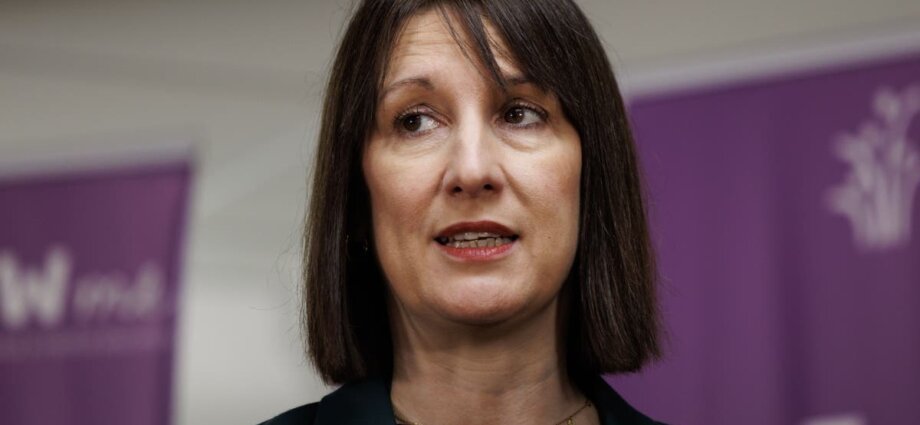The value of the pound slid to its lowest level for nine months after government borrowing costs surged further.
It comes during a continued sell-off in the bond market amid investor concerns over the threat of stagflation and a fresh barrage of bond sales.
Sterling dropped by as much as 1.1% to 1.233 against the dollar, striking its lowest level since April last year.
The yield on the benchmark 10-year UK gilt, which reflects the cost of government borrowing, climbed by roughly 12 basis points to a peak of 4.81%.
It marked the highest reading since the 2008 financial crisis.
The rise in gilt yields has an inverse effect on the price of these government bonds, which fell as a result on Wednesday.
The cost of longer-term borrowing also continued to rise, with the yield of 30-year gilts striking their highest level since 1998.
These were up around 10 basis points to a peak of 5.36% as a result.
Globally, there has been a wider sell-off in government bonds in recent months in the face of worries that US President-elect Donald Trump could introduce a tariff policy which would be inflationary for many international economies.
US Treasury yields also moved firmly higher on Wednesday, with the 10-year Treasury yield lifting to 4.69% – its highest since April last year.
It came after reports of resilience in the US economy, casting doubts over expectations for further cuts to interest rates.
In the UK, the rise in yields came as the UK’s Debt Management Office (DMO) sold £4.25 billion of notes on Wednesday, having sold £2.25 billion of notes a day earlier.
Last year, the DMO said it expected to sell about £296.9 billion of notes over the 2024-25 fiscal year.
The rise in government borrowing costs poses a challenge for Chancellor Rachel Reeves, putting pressure on the Treasury’s headroom for increased public spending, amid the prospect of higher interest costs.
Following the autumn Budget, Ms Reeves was left with only £9.9 billion of financial headroom to meet her revised fiscal rules. This came despite a £40 billion package of tax increases to fuel higher spending.











